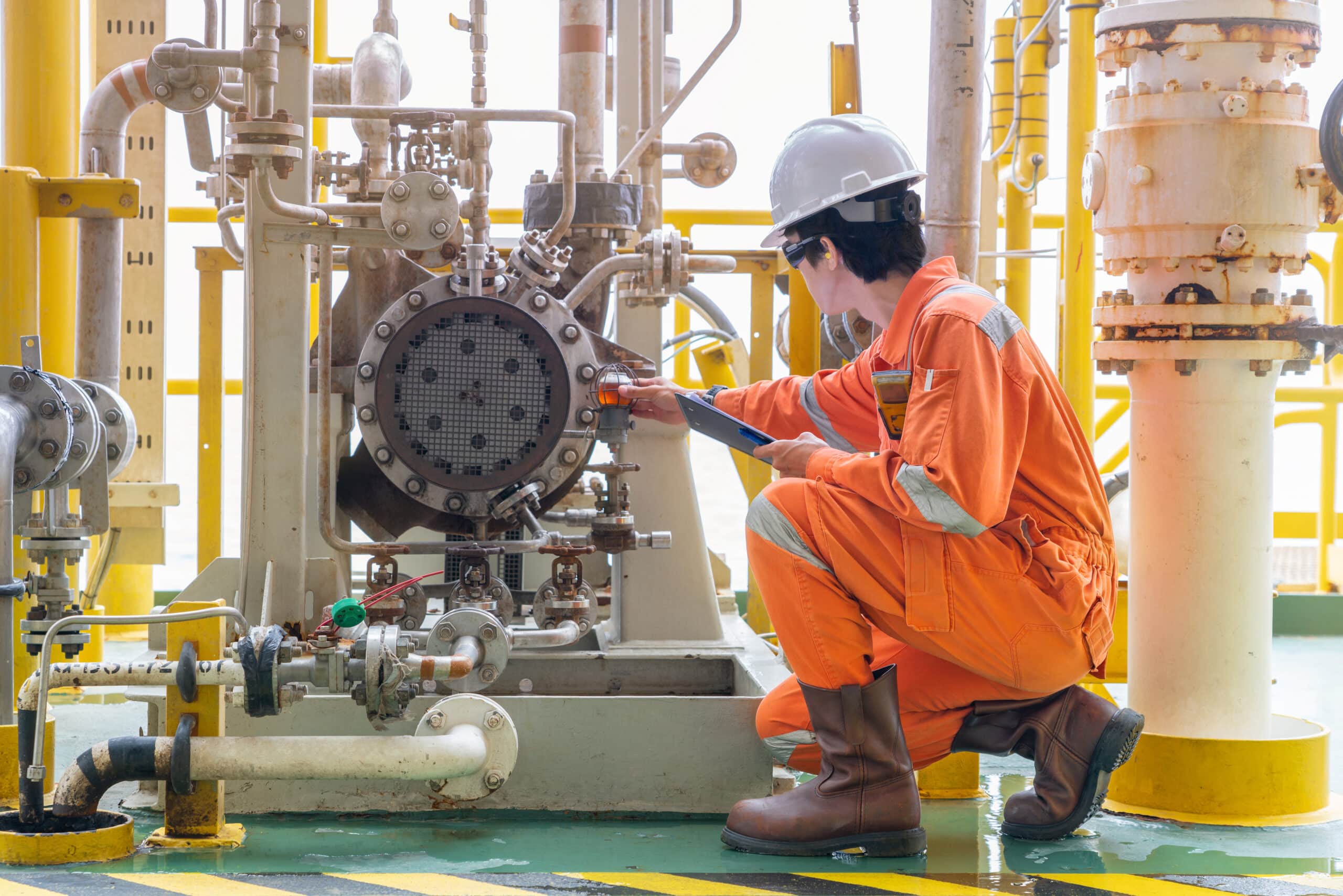In the pipeline industry, integrity isn’t optional—it’s everything. A single failure can lead to costly repairs, regulatory penalties, and environmental damage. That’s why pipeline integrity tools are critical at every stage, from initial mapping to long-term maintenance. The best operators don’t just react to problems—they prevent them.
By combining advanced inspection, debris mapping, and maintenance strategies, operators can ensure their pipelines remain safe, efficient, and fully operational. Let’s break down how pipeline integrity tools protect assets and maximize performance.
The Foundation: Pipeline Mapping & Pre-Inspection
Operators must understand the pipeline’s condition before deploying any primary inspection or maintenance program. Pipeline integrity tools provide detailed data on geometry, debris buildup, and potential obstructions—eliminating guesswork and reducing risk.
Geometry & Clearance Tools
Running in-line inspection (ILI) tools without verifying clearance is costly. That’s why GoNoGo inspection tools are essential for ensuring safe tool passage. These tools quickly assess internal pipeline geometry, detecting restrictions, deformations, or bore reductions that could interfere with inspection tools. Winterhawk Pipeline Services provides industry-leading GoNoGo tools, offering fast and accurate assessments to keep projects on track.
Debris Measurement & Mapping
Debris is more than a nuisance—it significantly threatens pipeline integrity. Left unchecked, it can cause flow restrictions, accelerate corrosion, and damage inspection tools. Advanced debris measurement and mapping tools identify high-risk areas, allowing operators to develop targeted cleaning strategies before deploying ILI tools. With precision mapping solutions from Winterhawk Pipeline Services, operators can make data-driven decisions to improve efficiency and safety.
The Execution: Pipeline Cleaning & Inspection
Once mapping and pre-inspection data have been analyzed, it’s time to act. Cleaning and inspection are two of the most critical steps in any pipeline integrity program.
Progressive Pipeline Cleaning
A clean pipeline is an efficient pipeline. Debris, wax buildup, and other contaminants must be removed before in-depth inspections occur. Progressive cleaning programs—tailored to pipeline conditions—ensure thorough debris removal while minimizing downtime. Winterhawk Pipeline Services offers structured cleaning solutions that enhance inspection accuracy and extend asset lifespan.
High-Precision In-Line Inspection
With the pipeline properly prepped, high-precision ILI tools can collect critical data on corrosion, cracks, and mechanical defects. However, even the most advanced ILI tools are only as effective as the pipeline conditions allow. That’s why a comprehensive approach—starting with mapping and cleaning—ensures maximum accuracy and reliability in inspection results.
The Follow-Through: Long-Term Maintenance & Integrity Management
Pipeline integrity doesn’t stop after an inspection. Ongoing monitoring and proactive maintenance keep pipelines operating at peak performance.
Condition-Based Maintenance Programs
Rather than relying on scheduled maintenance alone, operators can leverage pipeline integrity tools to implement condition-based maintenance strategies. By continuously assessing data from inspections and debris mapping, teams can prioritize high-risk areas and allocate resources more efficiently.
Compliance & Regulatory Assurance
Regulatory compliance is non-negotiable. Advanced integrity tools allow operators to maintain detailed records, demonstrate due diligence, and avoid costly penalties. A proactive approach to integrity management ensures compliance and enhances operational reliability and public safety.
Why an Integrated Approach to Pipeline Integrity Matters
The most successful pipeline operators understand that no single tool can do everything. Instead, a holistic strategy—combining mapping, cleaning, inspection, and long-term maintenance—ensures pipeline longevity and minimizes risk.
By investing in cutting-edge pipeline integrity tools, operators gain:
- Fewer unplanned shutdowns – Addressing issues early prevents costly downtime.
- Reduced repair costs – Proactive maintenance is always cheaper than emergency repairs.
- Extended asset lifespan – A well-maintained pipeline lasts longer and operates more efficiently.
- Regulatory confidence – Staying ahead of compliance requirements prevents legal and financial penalties.
Conclusion
Pipeline integrity isn’t a one-time effort—it’s an ongoing commitment. The key to success lies in using the right tools at the right time, from initial mapping to long-term maintenance. Operators who integrate advanced inspection, cleaning, and monitoring solutions will protect their assets and gain a competitive edge in efficiency and reliability.
For industry-leading solutions, Winterhawk Pipeline Services provides cutting-edge pipeline integrity tools designed to optimize performance and ensure long-term reliability. Don’t wait for problems to arise—take control of your pipeline integrity strategy today.

